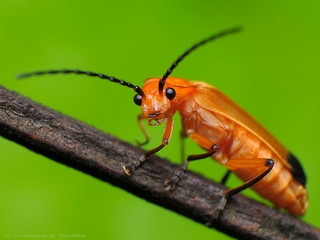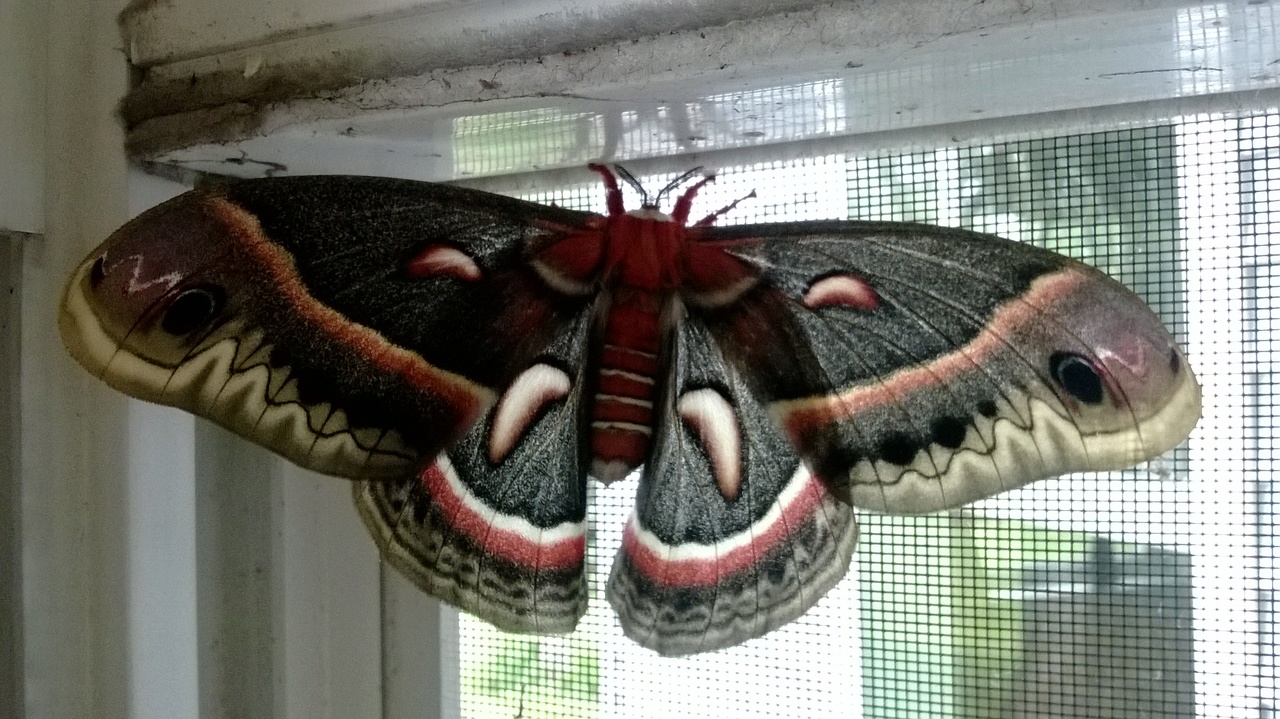Aphaenogaster picea Ant Care Sheet
Page 1 of 1 • Share
Hey guys. I'll be creating species specific sheets for my ants. I won't be doing my entire collection, just personal colonies. These sheets will be updated with information, pictures, and videos pertaining to this specific species. This care sheet was also submitted to formiculture as an official care sheet for Aphaenogaster picea.
Scientific Name: Aphaenogaster picea
Common Name: Unknown
Distribution: North East, United states.
Queen size: 7~8mm
Worker size: 4~6mm
Natural Habitat: Arboreal. Found in dead/moist wood.
Circadian Activity: Mostly diurnal, but will forage at night.
Mating Flight: Their major flight is in august after a light rain, and have been known to fly before and after august.
Queen Founding Method: Fully Claustral. Test tubes work.
Monogyne or Polygyne: Monogyne
Average time from egg to worker: Egg to larva – 10-15 days; larva to pupa (no cocoon) - 15-20 days; Pupa to worker – 15-20 days. Time may vary with temperature. (Note: can be very slow to start)
Recommended Temperature: 75-80°F (24-27°C)
Recommended Humidity: Mid humidity level of 30-50%.
Preferred Foods: Mainly insects such as termites, fruit flies, crickets, meal worms, and wax worms. This species regularly refuses liquids by covering up any sources. Very little to no activity with feeders.
Hibernation Details: In the wild temperatures below freezing are common, even up to -40C/F. In captivity it is advised to stay above the freezing point as we are unable to easily duplicate the slow cool down into freezing temps to allow the anti-freeze in their blood to work properly. Hibernation is recommended between 39F (4C) - 50F (10C).
Escape Barrier Methods: Extra virgin olive oil works for me.
Difficulty rating: Easy to keep, can be difficult to start.
Bite and/or Sting rating: None
Special Care or Interesting Notes: This species prefers a constantly hydrated nest with dry spots. This species also lacks a social stomach, so foods will have to be carried back to the nest. Aphaenogaster have been recorded making “sponges” to absorb liquids on rare occasions, otherwise liquids are rarely taken.
Description: Aphaenogaster picea is an arboreal species that aids forests and woods in seed dispersal. This species will eat the skin off of seeds and drop the remains, which usually results in the start of a new sapling or plant. Dark red/brown coloration with the last 4 segments of their antennae being lighter in color. workers will have an easily identifiable yellow tipped gaster.
Additional Links:


Thank you.
Loops
Scientific Name: Aphaenogaster picea
Common Name: Unknown
Distribution: North East, United states.
Queen size: 7~8mm
Worker size: 4~6mm
Natural Habitat: Arboreal. Found in dead/moist wood.
Circadian Activity: Mostly diurnal, but will forage at night.
Mating Flight: Their major flight is in august after a light rain, and have been known to fly before and after august.
Queen Founding Method: Fully Claustral. Test tubes work.
Monogyne or Polygyne: Monogyne
Average time from egg to worker: Egg to larva – 10-15 days; larva to pupa (no cocoon) - 15-20 days; Pupa to worker – 15-20 days. Time may vary with temperature. (Note: can be very slow to start)
Recommended Temperature: 75-80°F (24-27°C)
Recommended Humidity: Mid humidity level of 30-50%.
Preferred Foods: Mainly insects such as termites, fruit flies, crickets, meal worms, and wax worms. This species regularly refuses liquids by covering up any sources. Very little to no activity with feeders.
Hibernation Details: In the wild temperatures below freezing are common, even up to -40C/F. In captivity it is advised to stay above the freezing point as we are unable to easily duplicate the slow cool down into freezing temps to allow the anti-freeze in their blood to work properly. Hibernation is recommended between 39F (4C) - 50F (10C).
Escape Barrier Methods: Extra virgin olive oil works for me.
Difficulty rating: Easy to keep, can be difficult to start.
Bite and/or Sting rating: None
Special Care or Interesting Notes: This species prefers a constantly hydrated nest with dry spots. This species also lacks a social stomach, so foods will have to be carried back to the nest. Aphaenogaster have been recorded making “sponges” to absorb liquids on rare occasions, otherwise liquids are rarely taken.
Description: Aphaenogaster picea is an arboreal species that aids forests and woods in seed dispersal. This species will eat the skin off of seeds and drop the remains, which usually results in the start of a new sapling or plant. Dark red/brown coloration with the last 4 segments of their antennae being lighter in color. workers will have an easily identifiable yellow tipped gaster.
Additional Links:


Thank you.
Loops
- Nathant
 Experienced Member
Experienced Member
- Posts : 66
Points : 88
Join date : 2016-12-28
Age : 20
Location : Massachusetts
Nice! I will be trying to keep Aphaenogaster soon and this will help a lot, specially since they are one of the more common ones here. Will 71 degrees do for temperature?
Also, you will be posting this to Formiculture right?
Also, you will be posting this to Formiculture right?
Yes, 71 is fine. The temp index could vary widely depending on your location. The temps i put on there are for optimal brood and colony growth, but mine normally sit around room temperature (68-72 degrees).
- Nathant
 Experienced Member
Experienced Member
- Posts : 66
Points : 88
Join date : 2016-12-28
Age : 20
Location : Massachusetts
Loops117 wrote:Yes, 71 is fine. The temp index could vary widely depending on your location. The temps i put on there are for optimal brood and colony growth, but mine normally sit around room temperature (68-72 degrees).
Alright thanks!
- Salmon
 Moderator
Moderator
- Posts : 65
Points : 76
Join date : 2017-01-21
Cool, i'm pretty sure my Aphaenogaster are this species.
I'm curious what you mean by "very little to no activity with feeders." Mine go crazy for live termites, fruit flies and flower beetle larvae.
I'm curious what you mean by "very little to no activity with feeders." Mine go crazy for live termites, fruit flies and flower beetle larvae.
Salmon wrote:Cool, i'm pretty sure my Aphaenogaster are this species.
I'm curious what you mean by "very little to no activity with feeders." Mine go crazy for live termites, fruit flies and flower beetle larvae.
liquid feeders. Not so much feeder insects. Im sorry
- Nathant
 Experienced Member
Experienced Member
- Posts : 66
Points : 88
Join date : 2016-12-28
Age : 20
Location : Massachusetts
T.C. wrote:Nice, I should designate a certain spot on the forum for "care sheets".
That would be a great addition.
- Sponsored content
Similar topics
Create an account or log in to leave a reply
You need to be a member in order to leave a reply.
Page 1 of 1
Permissions in this forum:
You cannot reply to topics in this forum
 Home
Home





 Loops117 3/20/2017, 3:21 pm
Loops117 3/20/2017, 3:21 pm















